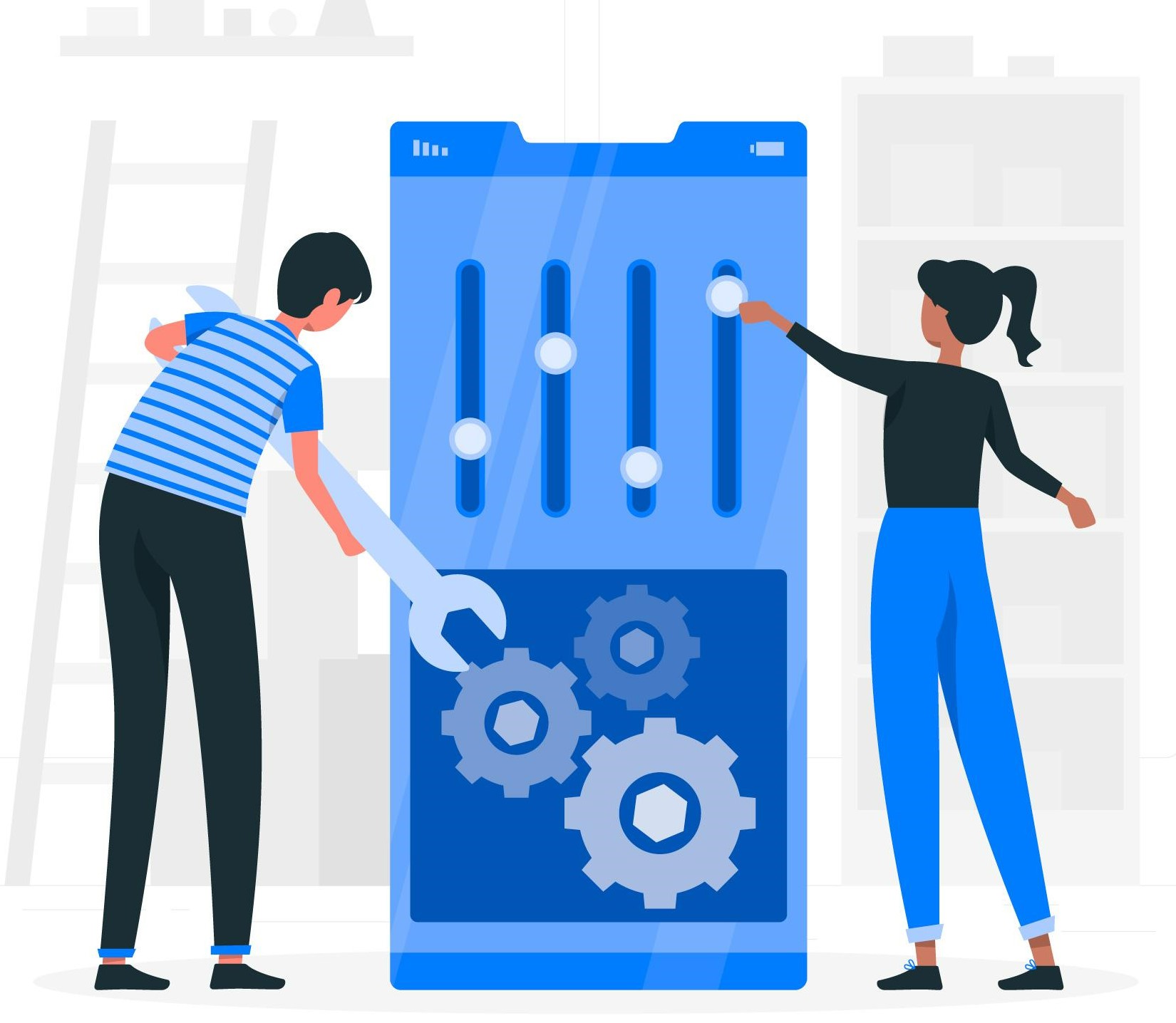A brief introduction about internet of things(IoT)
According to Berg Insight, the IoT market research provider the global installed base of connected vending machines. In 2017 was 2.6 million units which will reach 5.4 million units by 2022. The global penetration rate will reach 32.2%.
The disruption in vending machines caused by AI and IoT technology reveals a new growing possibility for automated retailing. From unmanned kiosks to entirely unattended grocery, this market will see substantial and disruptive advancements. The retail automation market is anticipated to reach $23.5 billion by 2025. Constant innovation and technological advancement, together with changes in consumer behavior, are likely to pave the way for more on-the-go solutions.
Although biological research will finally end up producing vaccination for Covid-19, the world will need time to return to normalcy. The coronavirus pandemic will produce a semi-permanent alteration in human interactions, not only with one another but also with their surroundings.
This “new normal” will necessitate a higher reliance on technology. In reality, the world has already transitioned to using technology to replace long-established conventions. Families are utilizing video conference to celebrate festivals together, and governments are utilizing social media programmers to track the locations of people who are vulnerable to the virus.
In the new technology-dependent world, robotics and automation will lead the way. We were already on the path to more and more automation, but the existing social conventions surrounding social separation will further hasten the process. Robots are being tested as cooks and servers by companies such as McDonald’s, while online retailers are deploying robots to automate sorting, packaging, and shipping.

The tactical reasons for this growth in food tech automation are driven by:
Demand for Contactless Interactions – As harsh as it may appear, it is prudent to limit human interaction and encourage social separation at this time. Vending machines have an advantage over other retail channels in this regard. They are sanitary systems with products neatly packaged in portions in a refrigerated unit behind glass doors. Customers must enter the relevant product code, pay with a credit card, and then the window to collect the goods opens.
What would you do if you had the choice between buying a can of Coke from a vending machine right now and having someone grab a glass, fill it with ice and lemon, and then pour it for you? While it is true that the machines are stocked by a real person, vending operators adhere to the most exacting hygiene and cleanliness regulations.
Congestion Free Retail – The demand for groceries and daily essentials has grown substantially. Supermarkets and food stores are becoming overcrowded as individuals stockpile critical commodities. Vending machines, on the other hand, provide a safer, crowd-free option for making purchases.
Convenience and Accessibility – Regardless of the inherent advantage that vending machines have over traditional retail, operators must be cautious in how they adapt to the “new normal.” Changes made by businesses now will reap rewards long after Coronavirus limitations are lifted.
How IoT Is Transforming The Vending Machines
Before digging deep into how IoT can help the vending machines ecosystem to be more futuristic, smart and consumer-friendly, take a look at this article.
https://www.telit.com/industries-solutions/retail/vending-and-kiosk/
“Zero Cash” Transactions – India seriously started its journey towards cashless transactions after demonetization in 2016. Retail vending is still to come of age in India and the majority of the existing installations still require physical money to be exchanged for making purchases. But with COVID norms being strictly enforced and followed doing digital transactions are the “New Normal” and very much possible with the integration of IoT.
With modern technology and software at the backend tendering crumpled notes and coins will soon be a thing of the past. Payment apps such as PayTm can be easily integrated into the machine.
Today’s vending machines, thanks to built-in internet connections, can offer customers the option of purchasing utilising mobile apps. This eliminates the need for customers to carry cash with them to the vending machine.
Contact Free Ordering – Cashless payment isn’t the only way intelligent vending meets the needs of customers. Since pandemic people are skeptical about touching surfaces in the public area. Customers can now use their smartphones to order without ever touching a common surface by scanning a QR code on the machine. Convenience for the customer means higher sales for two reasons:
- Customers can buy whenever they want, not just when they have cash available.
- Customers see the vendor as more relevant and in touch with their needs.
Digital Content Delivery – Intelligent software solutions allow for the more effective transmission of digital material to every screen of a vending machine. Vending machines can function as billboards, displaying customized material such as promotions, films, games, and TV advertising on the touch screen of the machine.
Vendors may make an immediate connection with customers by installing these machines in high-traffic areas such as stadiums, malls, metro stations and theatres. This enables brands to reach out to specific audiences in a timely manner, As well as remotely manage messages in real-time and dynamically publish personalized content.
This also contributes to the creation of new sources of content and advertising money, which can be allocated among machine operators, venues, or any business that controls the facility where the machines are stationed.
Social Commerce – Smart vending systems allow brands to communicate with their customers in highly tailored ways. Smartphones allow consumers to identify themselves, create profiles, connect to social networks, play social games, and receive promotions and targeted advertisements. Users can send gifts to their peers through social engagement via gifting.
When users enter their social network accounts for recognition and select a recipient, the vending machine sends a notification message to the buddy along with a code that allows the recipient to pick up the present from a participating vending machine.
Gamification can also be used in vending machines to encourage customers to check-in and participate, enhancing total user engagement. Coke, for example in other parts of the world, is affixing QR codes to its vending machines in order to encourage customers to create avatars, check in to machines on a regular basis, and receive rewards such as avatar virtual goods.
Smart Inventory Management & Optimization –
IoT technology also enables distributors to check stock in specific machines. Ensuring that the product mix corresponds to what consumers desire to buy. Sensor data and built-in analytics can be used to:
- Collect usage data to optimize replenishment.
- Keep track of the elements that influence sales, such as the time of year, region, and others.
- Predict sales to make more precise restock strategies.
- Prioritize restocking machines that are more profitable.
- Monitor replenishment shipments.
There are examples and proven case studies where global F&B companies have reduced their supply chain expenses by 15% and increased their revenues by 5% by incorporating IoT.
Theft & Downtime Loss Prevention –
This technology is expected to lower the cost of theft by 5% for the food and beverage industry mentioned above. Theft, mechanical failure, and vandalism can all dramatically impair vending machine profitability. IoT technology can lessen the occurrence and impact of these losses by tracking the performance and structural integrity of machines. If the programmer detects a potential problem or theft pattern. It can send an alert to the vending machine’s operator to arrange maintenance.
Savings of Energy –
Intelligent vending can potentially save money by lowering the amount of power required to cool products. While maintaining a positive customer experience. Occupancy sensors, for example, can be used to switch off the display and active cooling for a machine. In a climate-controlled room while no one is present. To keep the product cool, these sensors can turn the machine back on when someone enters the room or at set intervals.
Content Marketing –
Customers used to hand a snack vending machine some coins or a banknote and it would give them a candy bar before the Internet of Things. Today, anyone can stroll up to a vending machine and obtain the latest entertainment news, a promotion, or even play a game.
These interactive content experiences result in more engaging interactions between consumers and brands operating internet-connected vending machines. Companies can even update their content based on consumer feedback or coordinate content delivery with a new campaign, resulting in more meaningful customer interactions.
Intelligent vending, when combined with the right strategy, can become one of the most responsive delivery channels in the marketing department’s arsenal.
Personalized Purchase Experience –
As Forbes magazine puts it, “Extreme Personalization” is the driving force behind marketing today. More than 90% of customers want to purchase with brands that personalize their experiences, and 74% value the opportunity to construct dynamic profiles to support those experiences.
Merchants may provide tailored experiences that consumers might not expect from a vending machine by merging vending machines with IoT technology. Customers can now create user accounts, remember unique preferences, and receive incentives and announcements based on their purchasing habits.

Data-Driven Marketing –
In the beginning, we spoke about how Coke is revolutionizing its vending machines network by combining IoT and AI. Coca-Cola set aside 16 million unique network identifiers for its Freestyle network in the early 2010s. These identifiers allow Coke to determine what blends users are creating, as well as where and when they are creating them.
When one setup option is compared to another, given similar consumer profiles and conditions, the results could advise the organization which merchandising arrangements, display designs, or price points result in the most sales.
Conclusion:
Since Intelligent Retail Vending is still to cement its presence in the country. It can sound that it is something out of reach for VMOs and other key stakeholders of the ecosystem. Vendify has the solution to address those concerns. To know more about how we can make it happen please write to sales@vendify.in
